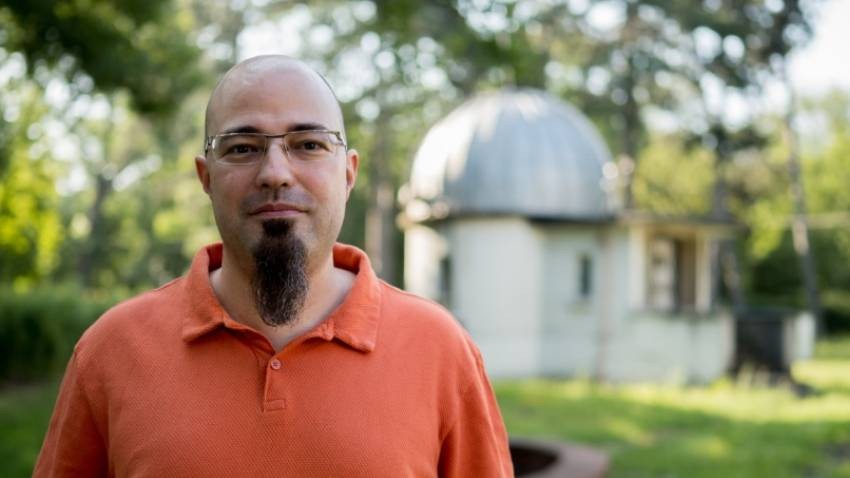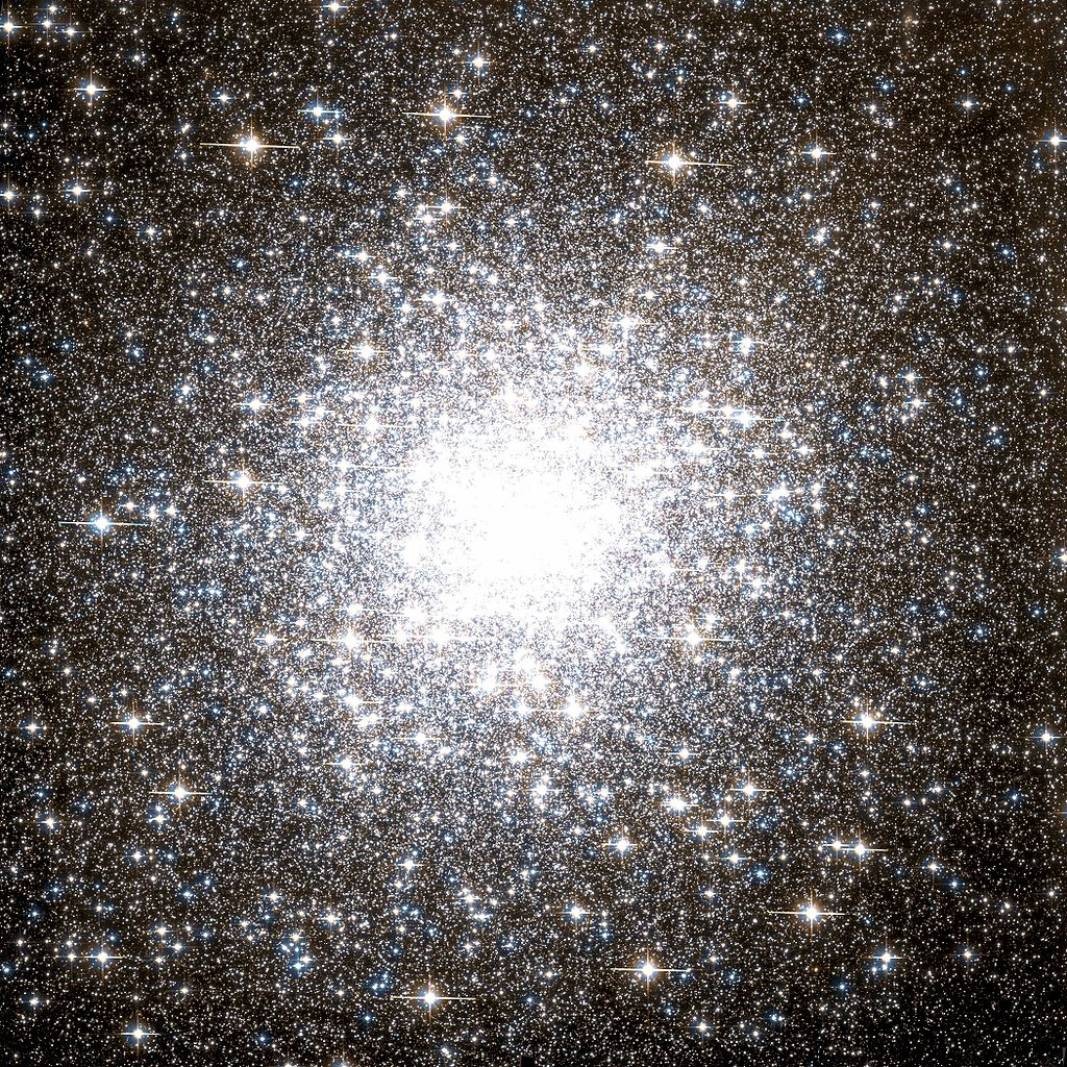Scientists from the Department of Astronomy at the Sofia University “St. Kliment Ohridski” have studied M2 (Messier 2) – one of the oldest globular clusters in our galaxy. Globular clusters are groups of stars bound together by mutual gravity and are believed to have a common origin. Using innovative approaches, the astrophysicists have obtained more precise data on M2's age, structure and dynamics. Their findings prompt a new rethinking of this type of cosmic phenomena. That is why they were recently published in one of the most prestigious scientific journals – Physica Scripta.

"What we found is that M2 is more flattened in the center, becoming rounder toward the periphery", said Dr. Georgi Petrov — one of the four scientists involved in the project:
"In fact, back in 1953, the great Russian astronomer Pavel Kholopov made the first calculations without the powerful computers we have today and noticed a change in ellipticity from the center toward the periphery. The astronomers after him, however, did not take this into account and began using an average value for the shape of the star cluster, since in most catalogs the measurements are taken only at a certain distance from the center", said Georgi Petrov.
Based on their in-depth research, the Bulgarian scientists were also able to determine the age of the star cluster — 13.2 billion years. According to the most recent data from 2010, M2 is no older than 12.5 billion years. Dr. Petrov explains:

"Why is this interesting? Because globular star clusters are the oldest formations in the galaxy and in the universe as a whole, and they provide clues about the lower limit of the universe’s age. There is also a need of a more advanced theory to explain why the star cluster is more flattened in the center and more rounded on the periphery, which is quite unusual! One would expect the opposite, since over the last half a billion years, it has approached the center of the galaxy three times, and due interactions with it, it should be more flattened at the periphery. A new theory needs to be developed to explain this change", Dr. Georgi Petrov went on to say.
And while the findings of the Bulgarian astronomers open up new horizons for knowledge, they are already preparing the next phase of their project by developing their own software to improve the accuracy of their measurements.
Published and translated by Kostadin AtanasovPhotos: astro.phys.uni-sofia.bg; NASA
The third edition of Bulgaria's first Latin festival, Ocho Latin Fest, is taking place on 27 and 28 June in Rotonda Square, Sofia Central Station. The festival is entirely dedicated to Latin American music and its subgenres. Its aim is to promote Latin..
Erdoğan–Pashinyan m eeting: A n ew a ttempt at a b reakthrough in Turkish-Armenian relations Turkiye’s President Recep Tayyip Erdoğan met with Armenian Prime Minister Nikol Pashinyan in Istanbul. The meeting took place against..
A summer edition of the Farmers’ Festival, which focuses on clean food, parenting and books, will take place at the flagpoles of the National Palace of Culture (NDK) in central Sofia from 27 to 29 June. “We’re bringing together publishers offering..
Velingrad once again invites all fans of Bulgarian folklore to join in a traditional horo chain dance near the town's famous mineral springs. On July..
The 10th anniversary edition of the Raspberry Festival was officially opened on July 11 in the town of Samokov. The event continues on Saturday, July..
As part of the Varna Summer Music Fest tonight, five virtuoso Bulgarian musicians will present the Balkan Moods project in Varna, combining classical,..

+359 2 9336 661
